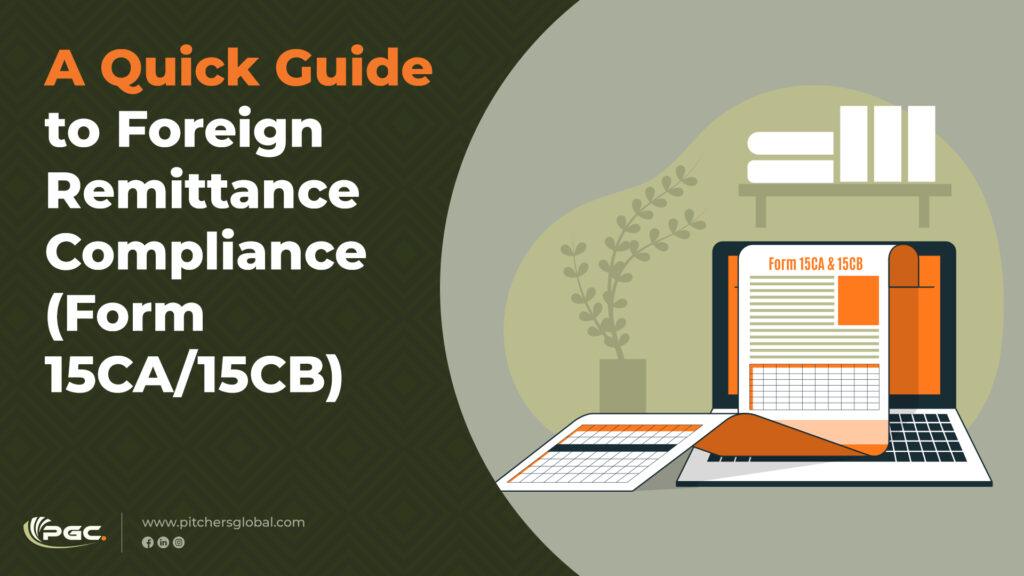When it comes to compliance with foreign remittance regulations, many taxpayers find themselves overwhelmed—understandably so. Dealing with cross-border transactions isn’t just about moving funds; it involves detailed disclosures, legal formalities, and tax implications. The very mention of “foreign money” can cause undue anxiety, especially when authorities and approvals are involved.
In general, any form of tax compliance tends to spark stress. The fear of getting it wrong or facing scrutiny from tax authorities can make even the most seasoned professionals uneasy. But this guide aims to demystify the process, reduce the fear factor, and provide a straightforward approach to submitting Form 15CA and Form 15CB—two key forms under the Income Tax Act for foreign remittances.

Form 15CA/15CB – Latest Update from the Income Tax Department
In a press release dated June 14, 2021, the Income Tax Department provided some relief to taxpayers by allowing manual submission of Form 15CA/15CB to authorized dealers, due to challenges with the new e-filing portal. This relaxation was valid until June 30, 2021, offering some breathing space to those navigating the new digital processes.
Understanding Form 15CA & Form 15CB
Form 15CA
This is a declaration submitted by a resident making a payment to a non-resident. Its primary purpose is to ensure that tax has been appropriately deducted at source (TDS) before the remittance. Essentially, it’s a self-declaration confirming that the remitter has met all relevant tax obligations.
Form 15CB
Unlike Form 15CA, Form 15CB is a certification issued by a Chartered Accountant. It confirms that the proposed remittance complies with the Income Tax Act and any applicable Double Taxation Avoidance Agreements (DTAAs). It includes key details such as:
- Nature and purpose of the payment
- Rate and applicability of TDS
- Confirmation of compliance under Section 195
- Applicability of DTAA provisions
Breakdown of Form 15CA – Four Parts Explained
- Part A: For remittances ≤ ₹5 lakh in a financial year
- Part B: When a certificate under Section 195(2), 195(3), or 197 is obtained
- Part C: For remittances > ₹5 lakh and chargeable to tax
- Part D: For non-taxable remittances under Indian law
How to File Form 15CA/15CB (Online Mode)
- Login to the Income Tax e-filing portal.
- Add your CA under “Authorised Partners” > “My Chartered Accountant.”
- Choose and fill the relevant part of Form 15CA based on your remittance.
- Submit details and assign the form to your CA (if Part C applies).
- Once your CA uploads Form 15CB, review and e-verify the Form 15CA.
- Submission is complete upon e-verification with DSC or EVC.
How to File in Offline or Bulk Mode
For multiple or manual remittances:
- Use the Offline Utility Tool available on the e-filing portal.
- Prepare XML files for each remittance and zip them for upload.
- Submit the zipped files and verify using DSC.
- Track submission status under the “View Forms” tab.
Form 15CA/15CB – Important Tips
- Appoint your CA early in the process to avoid delays.
- Keep your Digital Signature Certificate (DSC) updated and active.
- Double-check whether the remittance is taxable under Indian law—this determines which form parts apply.
- Make use of the withdrawal option if you need to revise your submission (available before processing is complete).
Contact Pitchers Global for more!
